Obviously, coffee beans don’t just grow in your living room before they’re extracted by your espresso machine. They travel a long way from fields everywhere around the world to end up in your favourite cup. Are you ready for an adventure?
The Coffee Tree
The coffee tree produces coffee cherries. Yes, coffee is a fruit! Keep reading if you want to know more about the anatomy of a coffee cherry.
There are two green coffee beans in the middle of each cherry. The parchment is a thin protective film covering each bean. Mucilage is the sweet membrane resembling honey or sap that covers the beans. Finally, the pulp, also known as cascara, forms the cherry’s external envelope (along with the skin).
Arabica and Robusta are the two tree types that account for the majority of the world’s coffee production. Arabica is generally of higher quality and provides most of the aromas in coffee blends. Robusta grows more easily in most soils, and forms most of the basis for a coffee’s body.
Harvesting
Cherries can be picked manually or mechanically. Of course, mechanical harvesting is more likely to damage the beans.
Then, the cherries need to be processed by removing the layers around the beans so that only the latter remain. Three primary processes are used: washing, drying, and the honey process.
Once this step is completed, the beans are sorted according to their size and quality in order to determine their grading and price. They are then ready to be shipped around the world.
Exporting
Coffee is the second most traded market commodity in the world, and most beans are exported and sold through brokers. They are naturally subject to the vagaries of economic fluctuations, and the complexity of export logistics and customs clearance explains why brokerage services are used.
Brazil is the world’s number one coffee producer, with over two and half million metric tonnes of coffee grown in 2016 alone! On the other side of the transaction, North America and Europe are the world’s biggest consumers of coffee.
Cupping
Cupping is a crucial step in processing coffee. It’s a very simple exercise that allows for judging the properties of each harvest. The procedure is essential for roasters, as it gives them the ability to ensure consistency in the manufacturing and roasting of their blends and specific coffee origins.
In a nutshell, this means mixing coarsely ground coffee with hot water, then tasting the preparation. The same is done for each coffee needing to be tasted (usually two or three at a time) in succession, so that their distinguishing features can be properly noted.
Roasting
When processing the coffee beans, roasting is the “creative” step. Roasters must use trial and error with each origin and blend to find the perfect roasting recipe, which not only corresponds to the desired flavour profile but also highlights the beans.
You could say that possibilities are endless. Across this wide range of flavours, roasts can be divided into three main categories: blonde, brown/medium-dark, and dark. The longer the beans are roasted the darker they will be. Each category has a different general flavour profile, but like wine with its vintages, each bean can have extremely different flavours depending on the roasting method.
There are several roasting methods. Among them are the slow roast and the third wave type, which are polar opposites. While the slow roast is long and slow, making darker blends, third wave roasters go with shorter roast times for lighter blends.
Degassing
After undergoing all these steps, the coffee has earned a little break! Degassing is when beans are given a pause after roasting so that they can release their gases and rebalance. They rest for around two weeks, a crucial period during which the coffee flavours develop.
Next, the coffee is ready to be sent to businesses and coffee lovers so they can enjoy it!

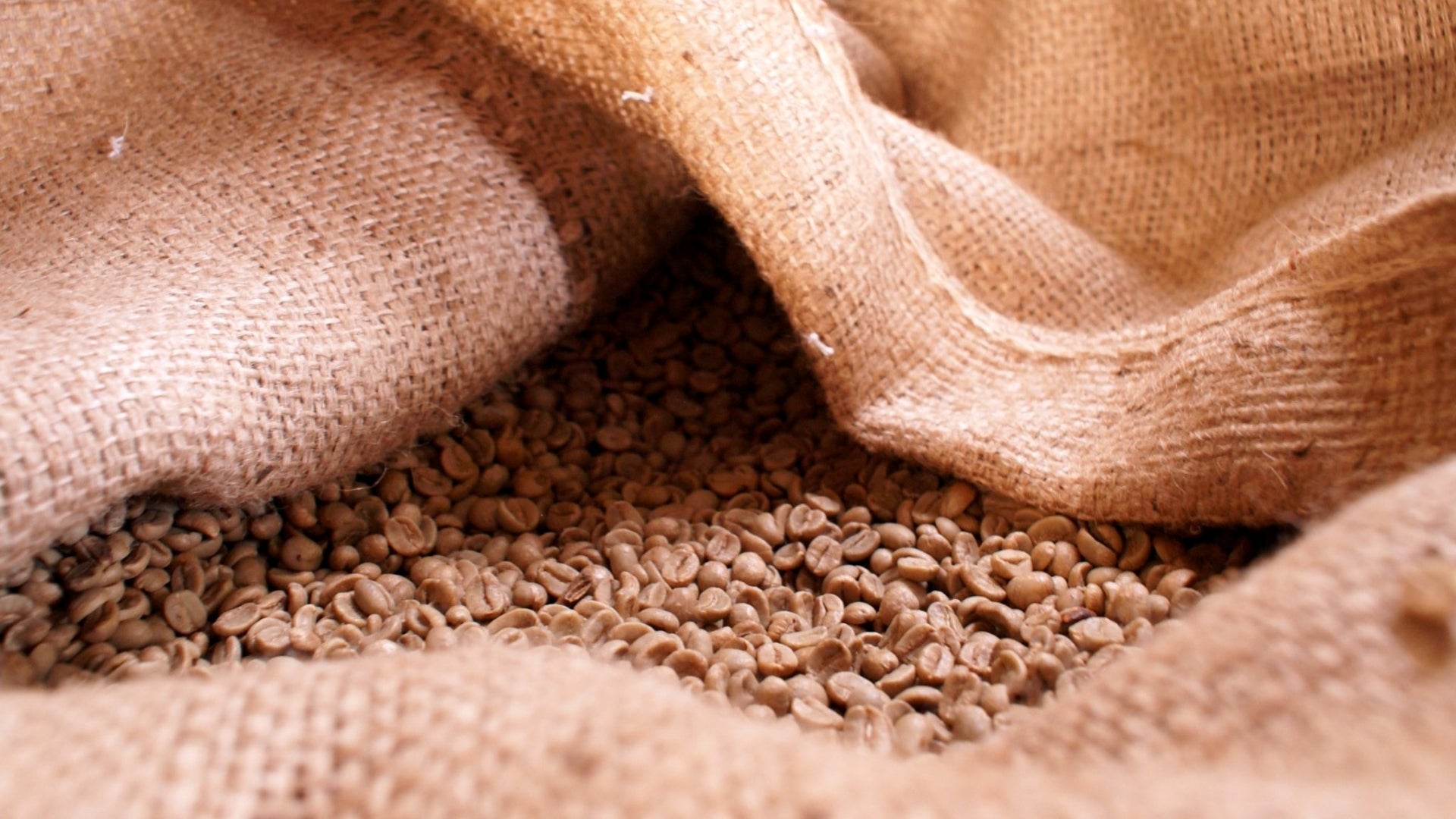
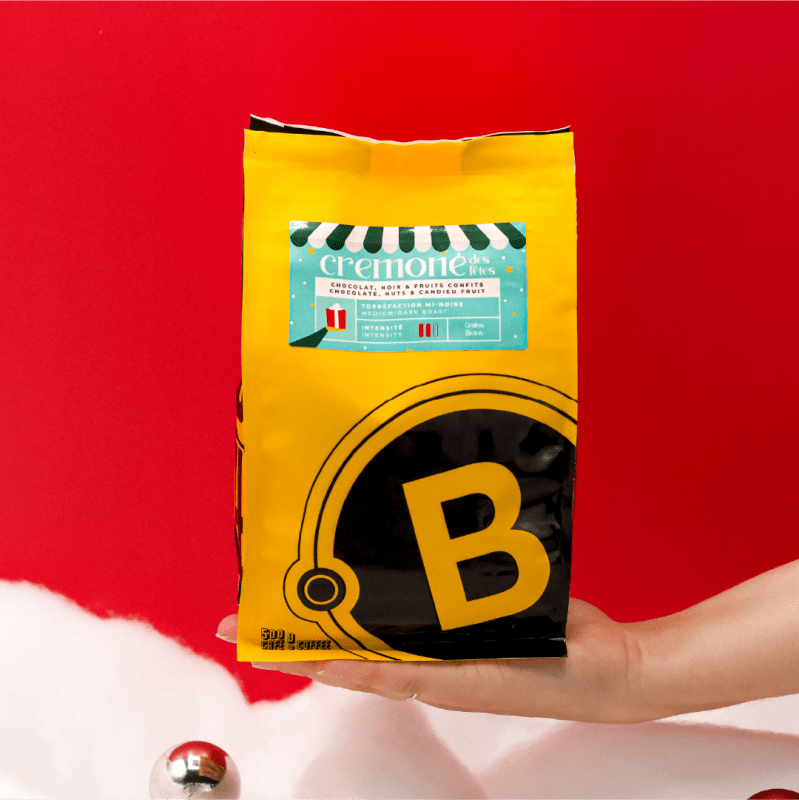



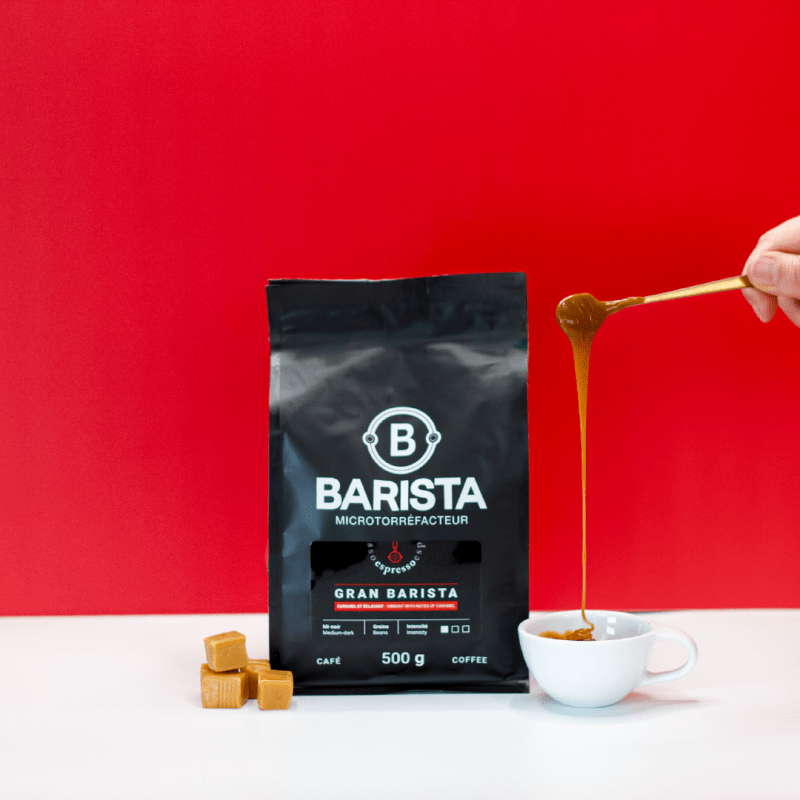
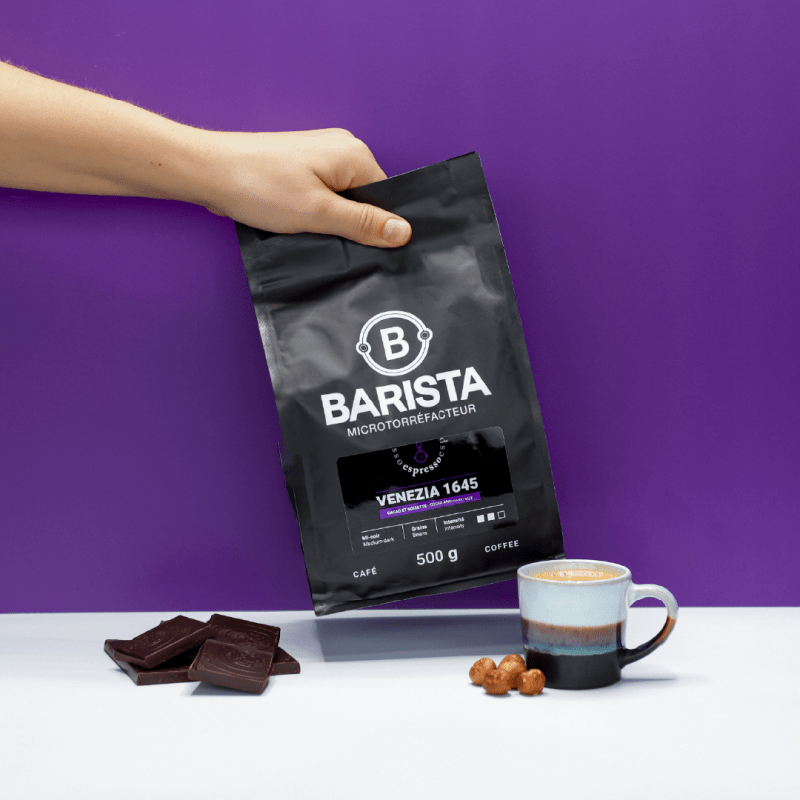

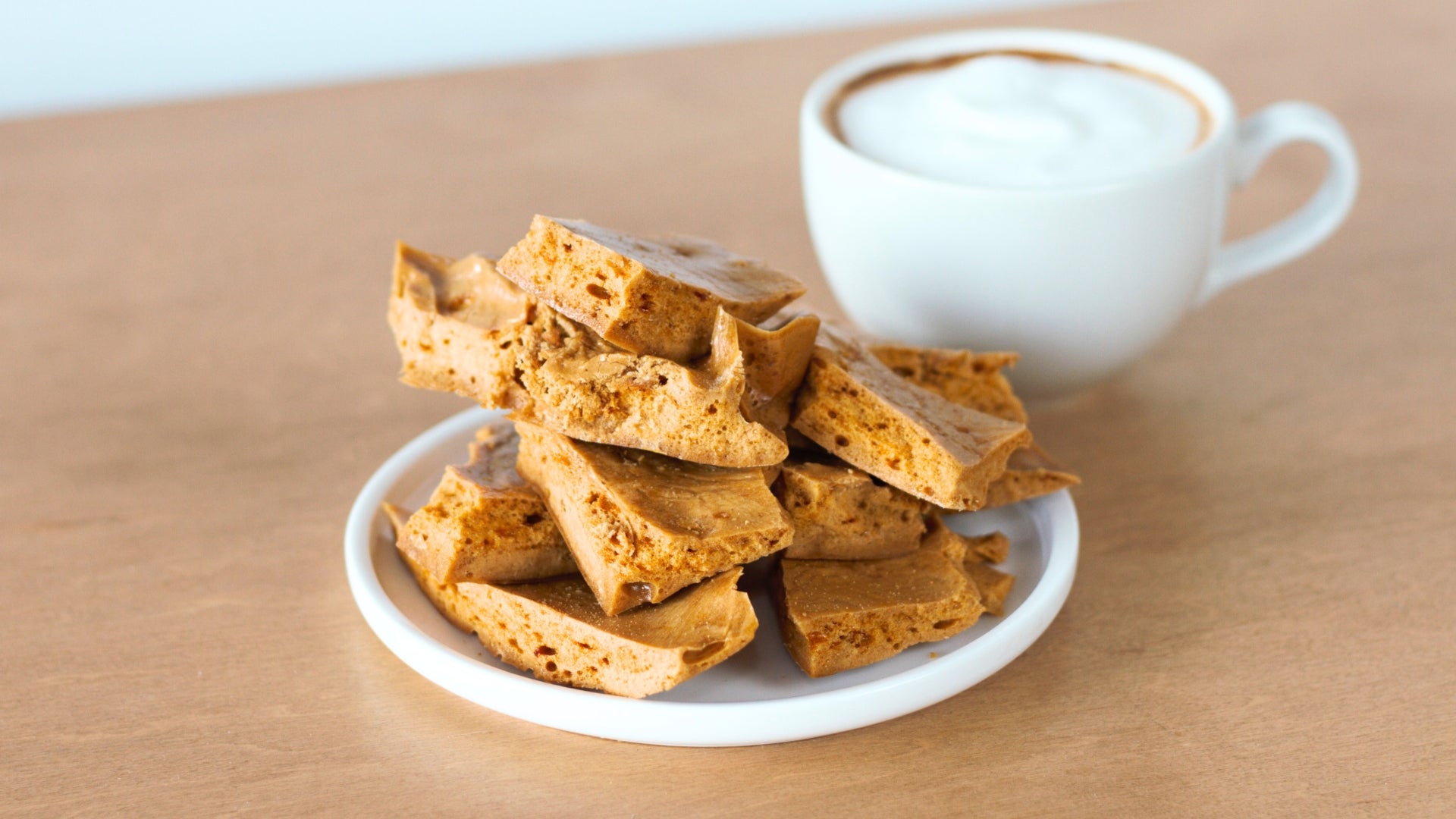
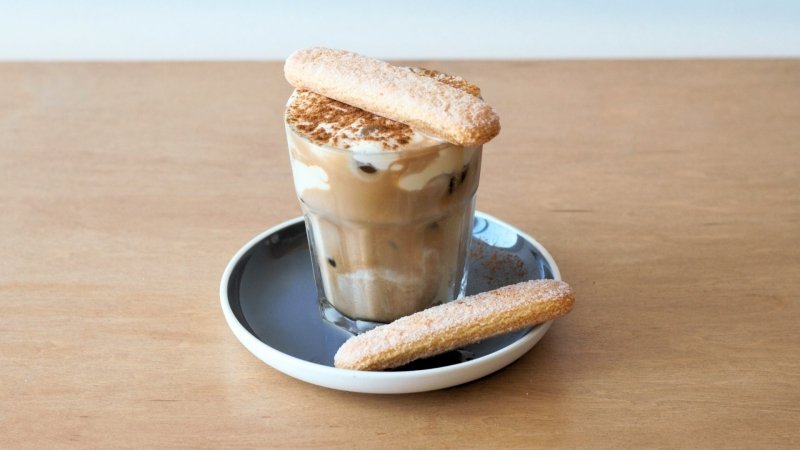
Share:
Our Commitment to Food Security with La Corbeille Bordeaux-Cartierville
How to Use a Moka Pot